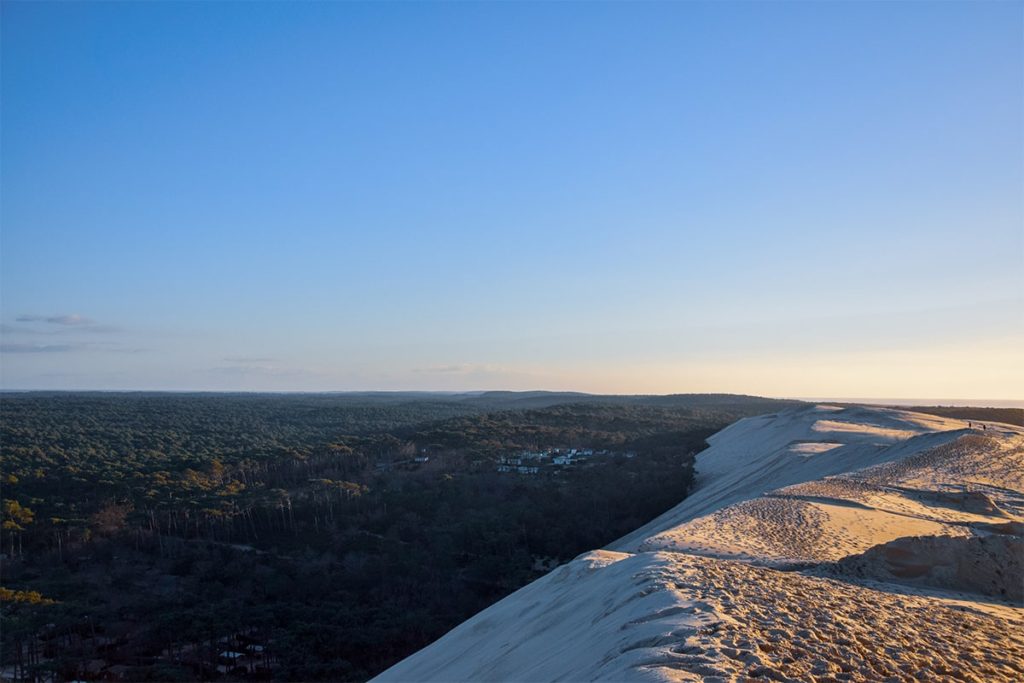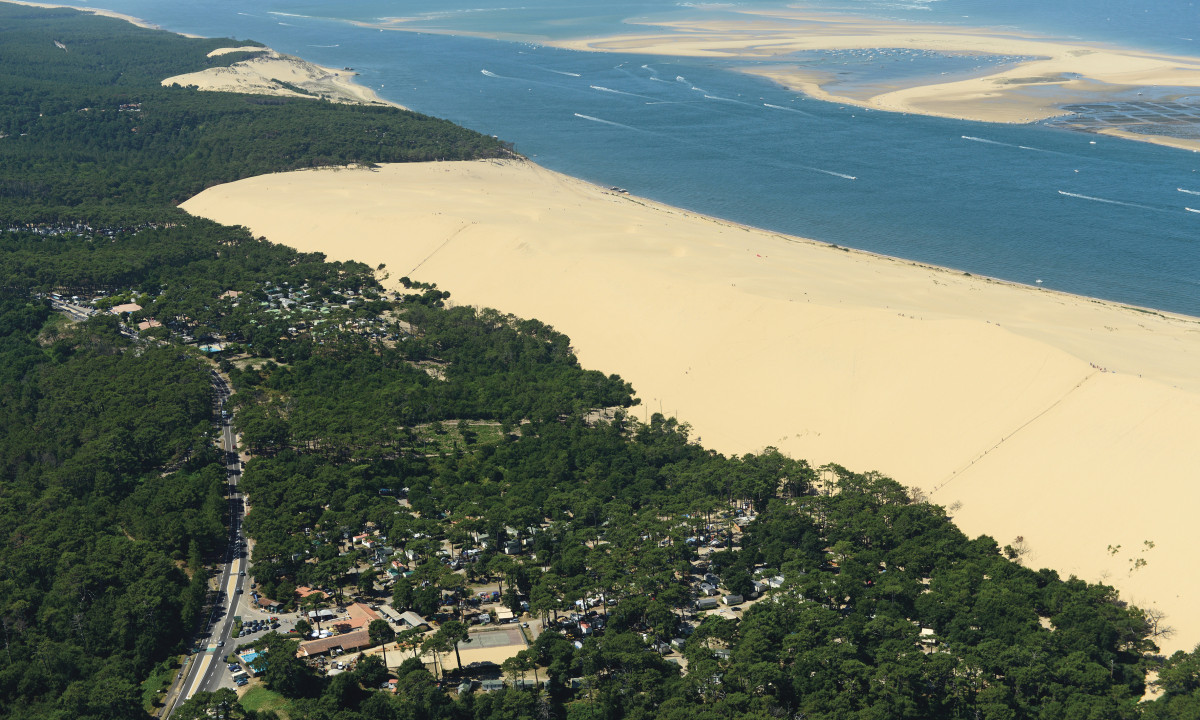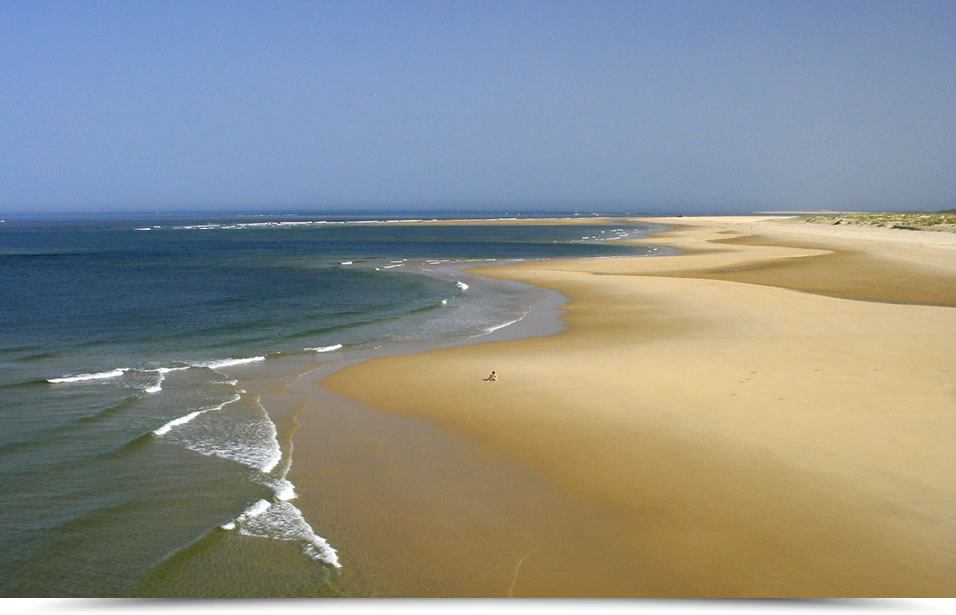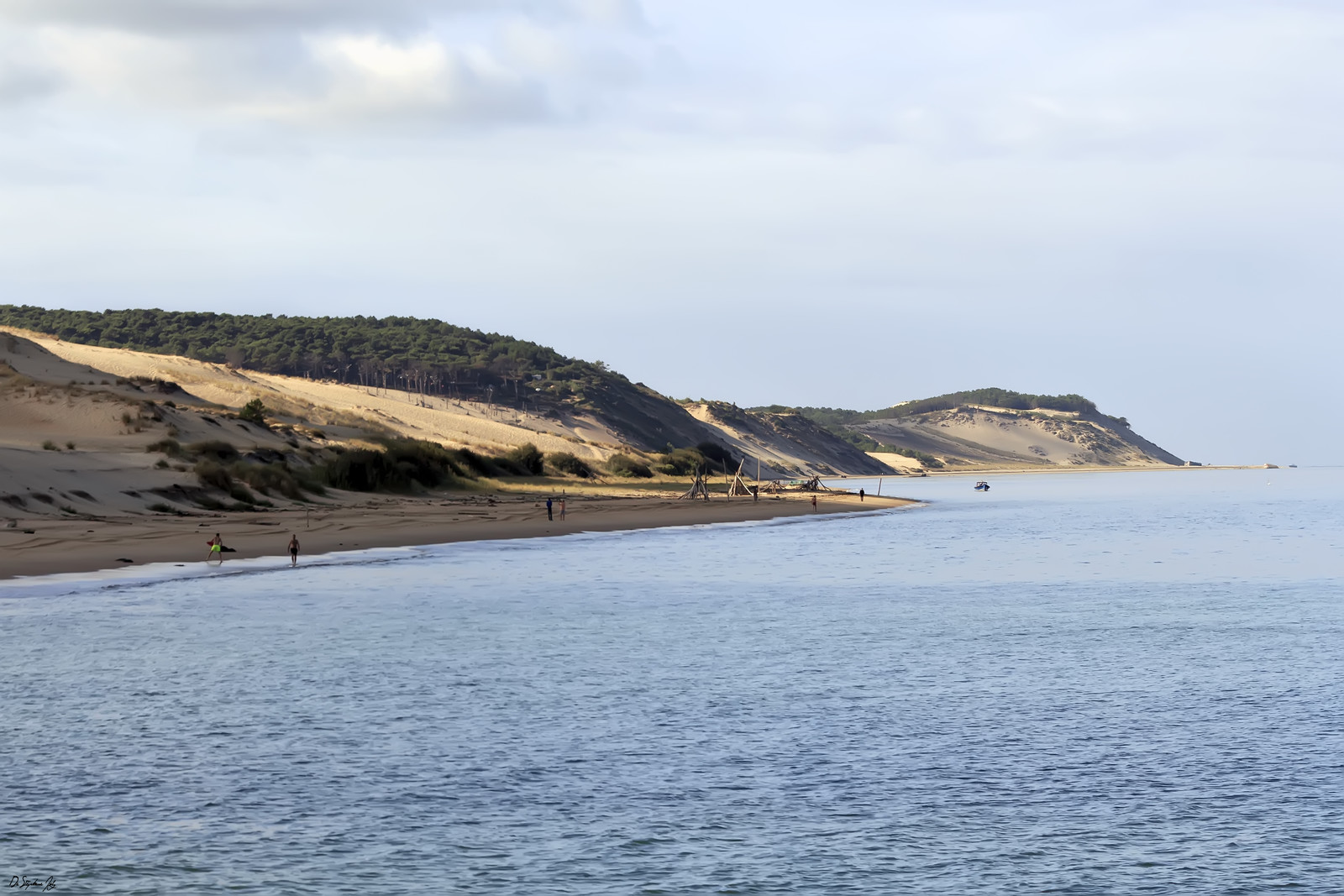Boarding place just before camping Panorama, cross the dune to reach the beach (10 mn).
Point of sale on the beach, boat boarding with ladder.
Boat departures from the Pilat dune
4 July 2020 to 1 september 2020. Outside these dates the marine activity is maintained at the departure of the jetty Thiers
in Arcachon (8 km ) lien: Boats departing from Arcachon
1. Cruises (s) from Dune du Pilat le Samedi 27 Juillet 2024
No scheduled excursion le Samedi 27 Juillet 2024.Next depart: 27 Jul 2024.
Waiting for one solution: rent a boat for a group.
2. Marine shuttles from Dune du Pilat le Samedi 27 Juillet 2024
2a. Liaison maritime Dune du Pilat➔Cap Ferret (60mn).
| 12h15 - Plage Robinson | Achat | 16.0 € | 12.0 € | ⛔ € | |
| 17h15 - Plage Robinson | Achat | 16.0 € | 12.0 € | ⛔ € |
⚠ Limited places, landing by ladder
Horaires des retour Cap Ferret➔Dune du Pilat
10h00 11h00
⚠ Limited places, landing by ladder
2b. Liaison maritime Dune du Pilat➔Banc Arguin (15mn).
| 11h00 - Plage Robinson | Achat | 8.0 € | 6.0 € | ⛔ € | Animaux interdits |
| 12h00 - Plage Robinson | Achat | 8.0 € | 6.0 € | ⛔ € | Animaux interdits |
| 13h15 - Plage Robinson | Achat | 8.0 € | 6.0 € | ⛔ € | Animaux interdits |
⚠ Boarding by ladder, Animals prohibited at the Banc d'Arguin
Horaires des retour Banc Arguin➔Dune du Pilat
17h00
⚠ Boarding by ladder
☎ Dune du Pilat: +33 5 57 72 28 28.
La Dune du Pilat
Located at the southern entrance of the Arcachon basin. It stretches 616 m from west to east and 2.9 km from north to south. The Pilat dune contains about 550 million cubic metres of sand. It is administratively dependent on the municipality of La Teste-de-Buch, near Arcachon, in the heart of the Landes de Gascogne. Today you can leave by boat from the Dune du Pilat.
Topography
The dune’s movements are constant and studied by scientists.
On the east side, the dune gains over the forest, burying the trees at a rate of one to five metres per year.
On the west side, the evolution of the coastline (limit of the highest seas) is variable. The north coast of the dune is subject to severe erosion, especially during winter storms.
Conversely, erosion along the southern shoreline has been low to near zero in recent years. The dune of Pilat is dissymmetrical, with a slope inclined differently
according to its position relative to the wind. Thus, the face of the dune most exposed to the wind (west face, ocean side) is soft, in the order of 5 to 20°. On the other hand, the forest side, sheltered from the wind (east side), is steeper, between 30 and 40°.
History
The present location of the Pilat Dune housed temporary protohistoric camps. Certainly activities related to the exploitation of sea salt. The first archaeological discoveries begin in 1982. On 31 December 2013, a tourist finds in the sand, at the foot of the dune, a funerary urn and an accessory vase dating from the Iron Age 800 BC
Les pinasses
These boats, which were initially destined for fishing or oyster farming and later for the boat trips, became during the 20th century pleasure craft. These pinasses are equipped with all modern comforts and represent most of the pinasses that we meet today on the ports of the Bassin d’Arcachon. Often made of composite materials, modern pinnacles are less and less made of pine wood, but they still retain their characteristic silhouette.



